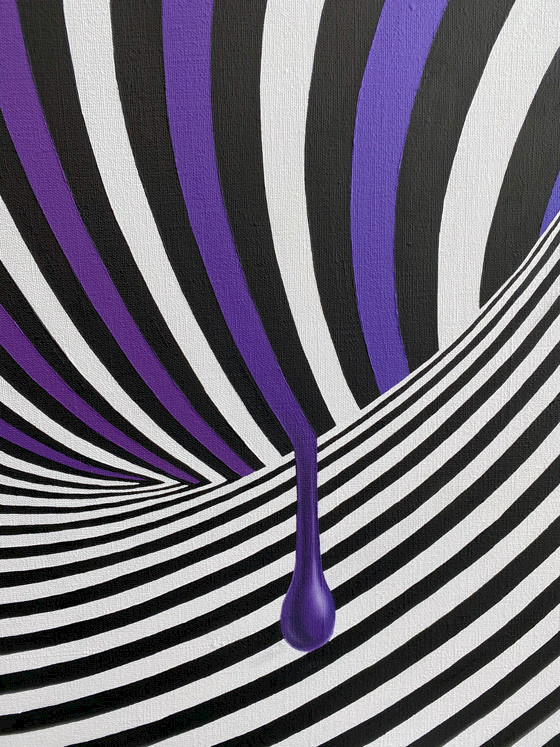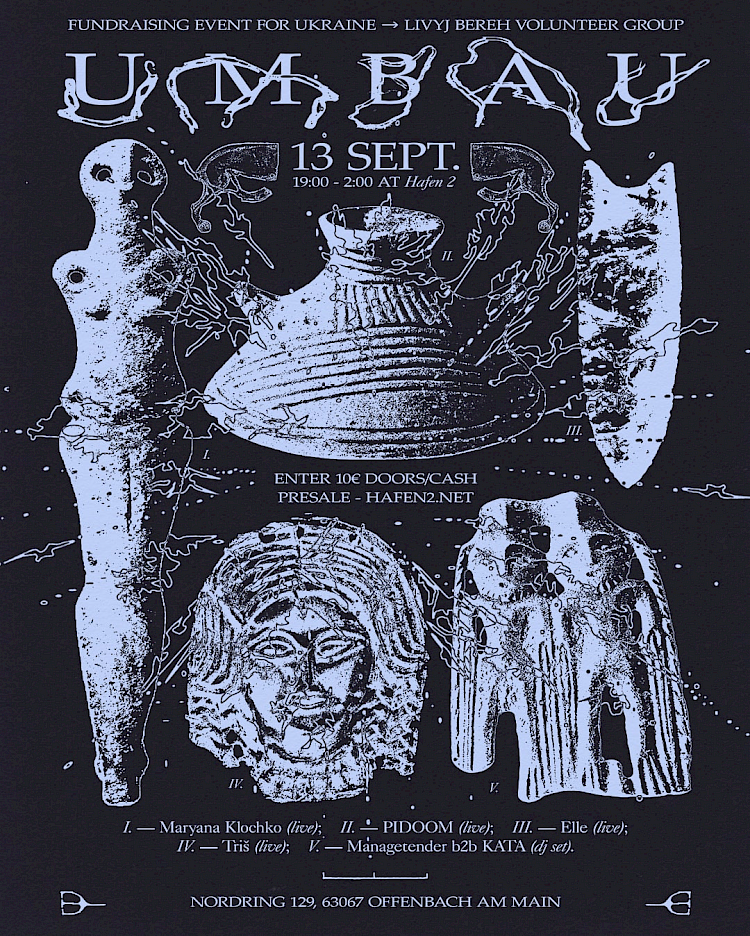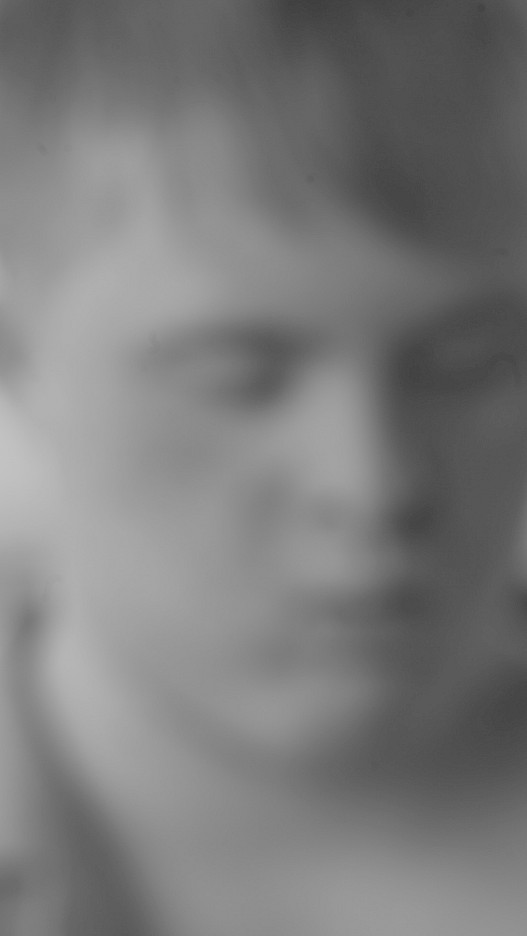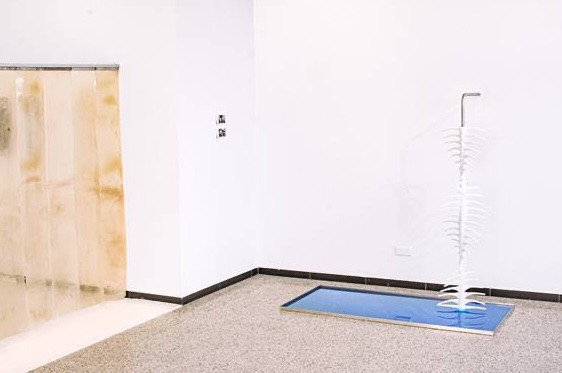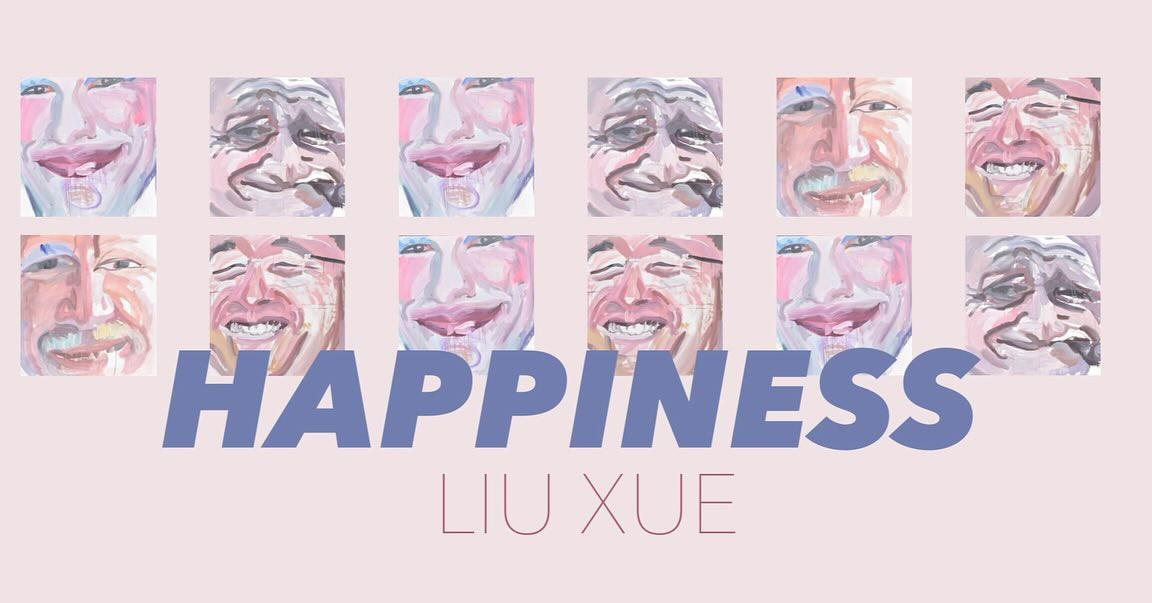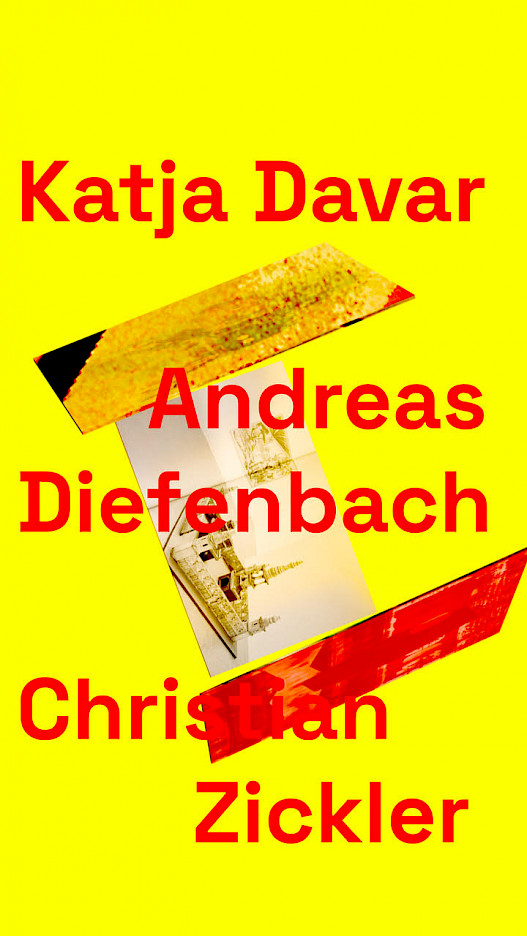TO THE HEAD
April 27th - June 11th, 2022
Opening reception
Wednesday, April 27th, 6 - 8 PM
Opening hours during Gallery Weekend
Thursday, April 28th, 3 - 7 pm
Friday, April 29th, 3 - 9 pm
Saturday, April 30th, 11 am - 7 pm
NEW LOCATION
Potsdamer Str. 70, 10785 Berlin
HH 1st. floor
For his first show in Berlin, Dudu Quintanilha presents a new video installation titled 'À Cabeça', as well as a group of works of his ongoing series 'XX.XX.XXXX'. 'À Cabeça' explores the possibility of transferring a collective ritual that takes place in nature into an individual experience in the context of a gallery, not by means of showing, but rather of hiding the protagonist’s appearance, blinding the viewer’s view, and constructing instead a new configuration out of visual and sound remains of the ritual, as well as abstract images.
Dudu Quintanilha (*1987, Bauru, São Paulo. Lives and works in Berlin and Frankfurt am Main) studied at IUNA in Buenos Aires and at Städelschule in Frankfurt am Main with Willem de Rooij and Gerard Byrne. In 2016 he was a resident artist at Q21 MuseumsQuartier, Vienna. His works were exhibited at Galerie DREI, Cologne (2021), Kunstraum Riehen, Basel (2021), Kunstverein für die Rheinlande und Westfalen, Düsseldorf (2019), Museo de Arte Moderno de Buenos Aires (2019), and Kanal Centre Pompidou, Brussels (2018). Quintanilha was awarded the Sammlung Pohl Städelschule Absolventen Preis in 2021.
The title 'À Cabeça' comes from the Candomblé ritual Bori, in which our heads are worshiped in a journey of sounds, smells, and movements around the offerings we do for our heads. 'À Cabeça' was filmed in the Ilé Àṣẹ Ayinla Òpó, Candomblé house located near Joanópolis in the hills of Mantiqueiras on the occasion of the initiation of Oyagbemi Daniela Pinheiro—the voice of this work. Over 16 days, by means of rituals and other actions, the person initiating prepares themselves and trains in isolation to learn how to unfold in trance, among other things. Márcio Jagun describes trance as follows: “a magical moment where the past and the present occupy a single physical field: the body. And there, united, they entangle conditions for the future” (de Jagun, Márcio, Ori: A cabeça como divindade, 2015). He also explains temporality according to the Yoruba culture: “The principle (…) is different from the Western notion of space and time, which is a linear vision with beginning, middle and end. In Yoruba culture the relationship with time is synchronous. Events take place simultaneously in different spaces”. A non linear way to understand history, which was originally only transmitted orally. They needed no written documents to tell their history.
Among the many interactions between humans- and non-humans-beings within Candomblé, there are two that are present in everything: nature and the Orixás—mythological figures of the Yoruba Culture. Everything in nature carries mysteries and every myth told through the Orixás carries secrets. Yet the interactions are never about solving those mysteries or finding answers, but rather about assuming and realizing oneself participation and intervention in that magic of the mysterious.
My experience translates in a labyrinth built with many very strong walls in our minds which are difficult to cross or dismantle even for a while. Those walls, to me, are the parameters we build in order to feel safe and trustworthy being ourselves. But those walls also limit our experience from living with mysteries, secrets and magic without having to understand them. The Yorubas propose to keep secrets, to have secrets. Many of those will remain suspended, hidden, they will fade and reappear. They are images that are formed sensorially, that are forgotten, that impacted us, affected us. They can also be temporalities that feel confused, swept away, opaque.
Dudu Quintanilha Onanfekó
-
Special thanks to: Eric D Clark, Tanya Abelson, Manuel Abramovich, Federica Partinico, Sebastian Garbrecht & Sabine Schmidt.

